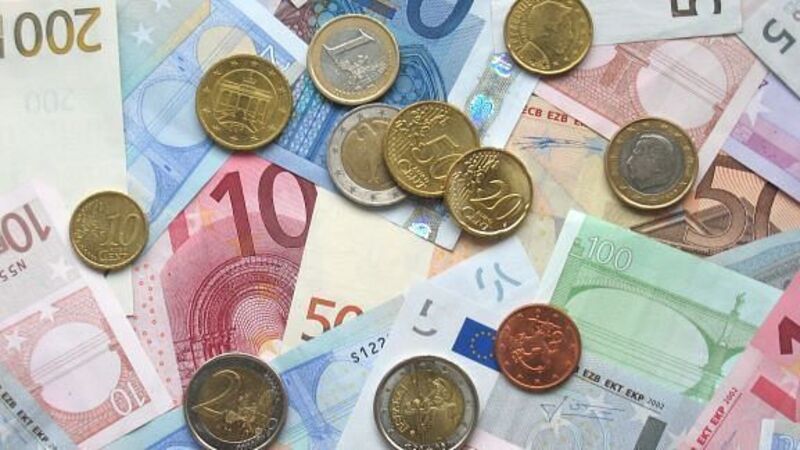Rich-poor income gap stable for decades

This Irish experience is very different to what has happened in many other countries, where as much as 40% of the population at the lower end of the spectrum has benefited little from economic growth.
This is according to the Economic and Social Research Institute (ESRI), which marked 50 years of social research with a conference yesterday.
In a presentation, it showed Ireland had bucked the income inequality trend over the last 30 years when compared with many other countries.
“Over the long run, real incomes have grown substantially at all levels of the income distribution.
“Ireland’s position within international rankings of inequality has changed significantly, from less equal to more equal,” it said.
The presentation was prepared by Tim Callan, the ESRI’s research area coordinator for taxation, welfare and pensions, senior research officer Bertrand Maître and research analyst Michael Savage.
The researchers broke the country’s income growth down by deciles, meaning ten equal groups into which a population can be divided according to the distribution of a particular variable.
The bottom decile, so the poorest group, saw their real income grow by 94% in percentage terms, between 1987 and 2014.
The top decile saw their income grow, in percentage terms, by 108%.
The deciles with the largest growth for this 27-year period, are the second and third, whose incomes increased by 116% and 117% respectively. The 27-year period was also broken down into four sub-periods to see when growth or contraction occurred.
Between 1987 and 1994, the bottom decile experienced the greatest income growth, at a percentage of 48%. During this same period, the next closest decile was the top one, with an increase of 31%.
Between 1994 and 2000, the fourth decile saw the largest rise in their income growth at a percentage of 56%, this was followed by the fifth decile with a 54% increase and the third with 47%.
Income growth, across all deciles, grew more slowly between 2000 and 2007. However, the greatest increase was seen at the top decile with a percentage increase in their income of 38%.
All deciles saw their income growth decrease between 2007 and 2014.
The bottom group was hardest hit with a decrease of 21%, whereas most other deciles saw their incomes contract by between eight and 13%.
“In 2008, the OECD rang the alarm bells about the pervasive, decades-long rise in income inequality,” read the ESRI presentation.
However, in Ireland’s case we are not part of this trend.
In 1987, Ireland’s income inequality was one of the highest in the OECD, greater than Israel’s and the United Kingdom’s.
However, in 2014 our standing was closer to countries like Sweden, the Netherlands and Finland.
The researchers also stated real incomes have grown here despite external and internally-generated shocks.













